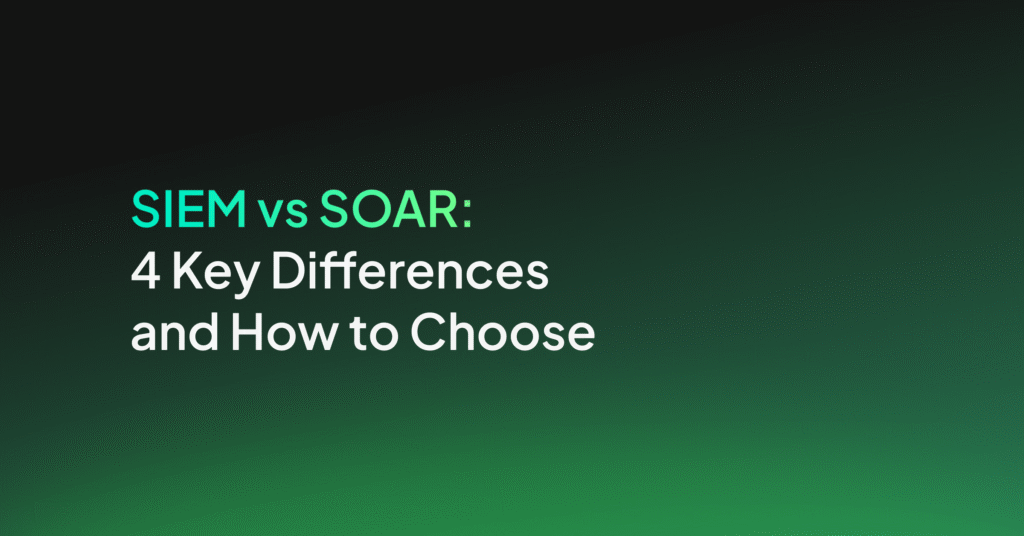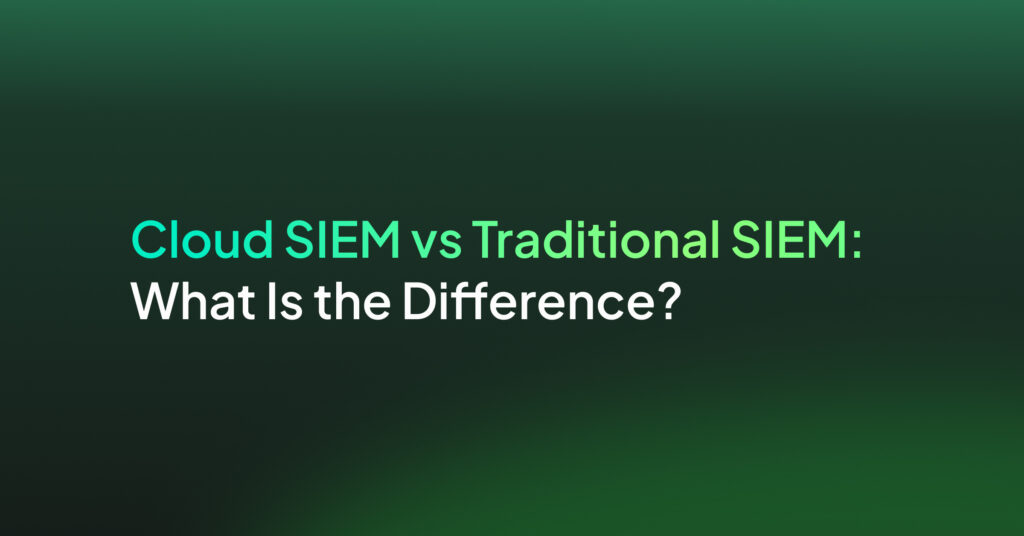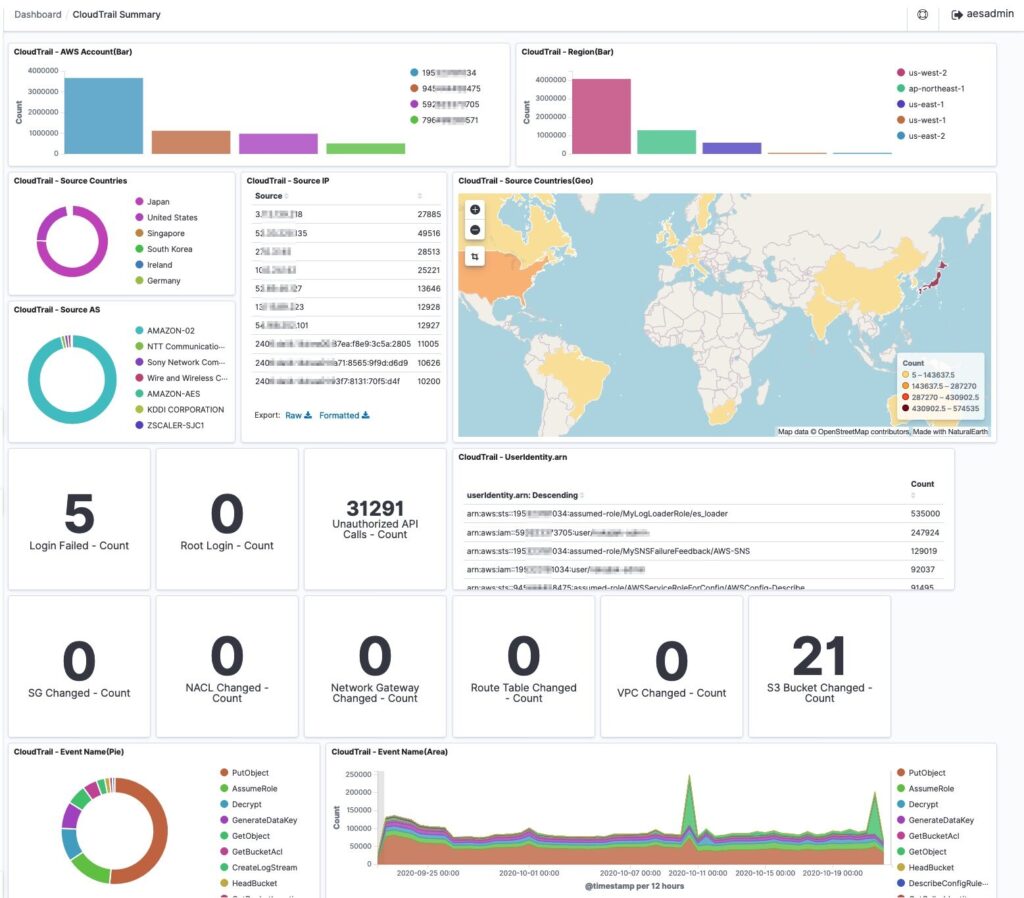SIEM Architecture: 10 Key Components and Best Practices

The Key Components of SIEM Architecture
SIEM systems include the following components.
1. Data Sources
Data sources provide the raw information for analysis and monitoring. These sources can include logs from firewalls, intrusion detection and prevention systems (IDPS), servers, applications, databases, and cloud environments. Each data source contributes insights into potential security events and anomalies, creating a picture of the network’s health and security.
The more varied and extensive the data sources, the better a SIEM can perform its correlation and detection tasks. However, it is crucial to ensure that data from these sources is compatible and can be normalized for analysis.
2. Data Collection Layer
The data collection layer in a SIEM system’s architecture is responsible for gathering log and event data from different sources and securely transmitting it to the SIEM platform. This layer often includes collectors or agents deployed on network devices or within applications to ensure uninterrupted and accurate data flow.
These agents can also perform some preprocessing, like filtering out irrelevant data to reduce the volume sent to the central system. The collected data must be handled securely to preserve integrity and confidentiality, often involving encrypted transmissions and access controls.
3. Correlation and Security Event Monitoring
Correlation and security event monitoring involve aggregating data from multiple sources and using predefined rules or algorithms to identify patterns indicating security incidents. This helps build a cohesive picture that highlights significant security events. Effective correlation can reduce false positives by distinguishing between isolated minor events and signs of a broader attack.
Real-time monitoring and correlation are crucial for timely threat detection and response, allowing security teams to act quickly before an incident can escalate. This capability is often enabled by a combination of automated rules and human oversight.
4. User and Entity Behavior Analytics (UEBA)
User and entity behavior analytics (UEBA) focuses on analyzing the behavior of users and entities within the network to detect unusual activities that may indicate a security threat. UEBA models create behavioral baselines for normal activities and use analytics to spot deviations that could suggest malicious actions.
Incorporating UEBA into SIEM adds a layer of behavioral analysis, providing deeper insights into potential threats. This approach is particularly effective in identifying insider threats and sophisticated attacks.
5. Security Data Analytics
Security data analytics is where raw data is processed and analyzed to identify security threats. It involves the use of algorithms, machine learning, and statistical methods to detect patterns and anomalies that indicate potential security issues.
By analyzing large amounts of data, SIEM can distinguish between normal network behavior and activities that may warrant further investigation or immediate action. Analytics capabilities improve the SIEM system’s ability to predict and respond to threats.
6. Forensic Analysis
Forensic analysis involves the in-depth examination of security data to understand the nature and impact of security incidents. This includes identifying the attack vectors, timelines, affected systems, and extent of the damage. Forensic analysis is essential for post-incident reviews, helping organizations learn from incidents and improve their security posture.
A SIEM system provides tools for forensic analysis that allow security teams to query historical data, reconstruct attacks, and identify root causes. Forensic capabilities ensure that all relevant information is available for analysis, aiding in incident response and future prevention efforts.
7. Real-Time Event Response or Alerting Console
A response or alerting console in a SIEM system provides a user interface where security personnel can monitor, manage, and respond to security events as they occur. This console offers real-time visibility into the network’s security status, displaying alerts and key metrics that help identify and prioritize threats.
The console often supports dashboards and visualizations that make complex data easier to interpret and act upon. Real-time alerts enable rapid threat detection and response, ensuring that no critical events go unnoticed.
8. Incident Detection and Response
Incident detection involves continuously monitoring network activity and applying analytics to spot potential threats. When an incident is detected, response mechanisms are triggered, which may include automated actions like isolating affected systems and notifying security personnel.
Effectively managing incidents requires a well-planned response process that can quickly mitigate threats while minimizing operational impact. SIEM solutions often integrate with other security tools and workflows to ensure a coordinated and efficient response.
9. Threat Intelligence
Threat intelligence involves gathering, processing, and applying information about current and emerging threats to improve detection and response capabilities. This includes data about malicious actors, techniques, and indicators of compromise that can be used to enhance the accuracy of analytics and correlation rules.
By incorporating threat intelligence, SIEM systems can detect and respond to threats more proactively. Integrating this capability into the SIEM platform’s analytical processes helps organizations stay ahead of attackers by anticipating their tactics and evolving defenses accordingly.
10. Compliance Management
SIEM systems automate the collection and reporting of data necessary for compliance audits, making it easier to meet requirements like PCI-DSS, GDPR, and HIPAA. This includes generating audit trails, maintaining logs for specific periods, and producing compliance reports.
Effective compliance management helps avoid penalties and demonstrates an organization’s commitment to security best practices. SIEM platforms simplify the compliance process by automating repetitive tasks and providing documentation for auditors.
SIEM Architecture Design Best Practices
If you are building your own SIEM architecture using proprietary technology or open source tools, here are a few steps you can take to ensure the architecture successfully meets your goals.
Define Clear Data Collection and Retention Policies
Data collection and retention policies specify what data should be collected, how long it should be retained, and the methods used for secure storage and disposal. Clear policies help ensure that relevant data is available for analysis and compliance purposes without overburdening the system with unnecessary information.
Effective data collection and retention strategies balance the need for comprehensive data gathering with the practical limits of storage and processing capabilities. Policies must be regularly reviewed and updated to reflect changing regulatory requirements and organizational needs.
Leverage Log Parsing and Enrichment
Log parsing and enrichment involves transforming raw log data into a format that is more suitable for analysis. Parsing breaks down log entries into structured data fields, while enrichment adds context, such as geolocation, threat intelligence, or user identity. These steps improve the value of the collected data, making it easier to detect and understand security events.
Log parsing and enrichment require the use of tools and techniques that can handle the variety of log formats and data sources encountered in a typical IT environment. This improves the accuracy and relevance of the insights generated by the SIEM system and reduces the amount of manual effort needed in data analysis.
Implement Data Normalization and Aggregation
Data normalization and aggregation help in organizing and simplifying the diverse sets of data collected by a SIEM system. Normalization converts data from different sources into a standard format, enabling easier comparison and analysis. Aggregation consolidates multiple log entries into a single record, reducing redundancy and improving data storage efficiency.
Normalized data can improve the effectiveness of the SIEM’s correlation and analytics capabilities. It ensures that data from heterogeneous environments can be accurately analyzed to identify patterns and anomalies. Aggregation processes also help in managing the volume of data, enabling the SIEM system to operate more smoothly.
Design a Scalable Architecture
A scalable architecture ensures that the SIEM system can grow and adapt to increasing data volumes and evolving security requirements. A scalable SIEM can handle more data sources, higher data rates, and more complex analysis over time without degrading performance.
This design involves selecting scalable technologies, optimizing data processing workflows, and planning capacity upgrades. Regular assessments of performance and scalability needs can help in making timely upgrades and adjustments. Investing in scalable infrastructure from the outset can prevent future bottlenecks and ensure continuous protection as demands increase.
Integrate SIEM with Security Tools and Workflows
Integration enables SIEM to better detect, analyze, and respond to threats. This includes connecting the SIEM with endpoint detection and response (EDR) tools, threat intelligence platforms, incident response systems, and security orchestration, automation, and response (SOAR) solutions.
An integrated SIEM environment enables easier use of data and insights from various sources, providing a more accurate view of security events. Integration with security tools also supports automated responses to threats, reducing the time and effort required for manual intervention.
Related content: Read our guide to SIEM tools
Managed SIEM with Coralogix
Coralogix sets itself apart in observability with its modern architecture, enabling real-time insights into logs, metrics, and traces with built-in cost optimization. Coralogix’s straightforward pricing covers all its platform offerings including APM, RUM, SIEM, infrastructure monitoring and much more. With unparalleled support that features less than 1 minute response times and 1 hour resolution times, Coralogix is a leading choice for thousands of organizations across the globe.





